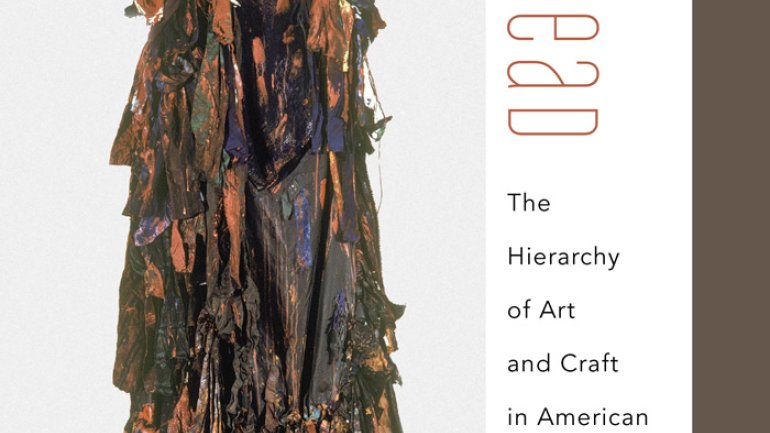Following the Threads
Following the Threads
String Felt Thread:
The Hierarchy of Art and Craft in American Art
By Elissa Auther
University of Minnesota Press
Minneapolis, MN
$29.95 paperback
upress.umn.edu
Elissa Auther's book considers the fiber art of the 1960s and '70s by presenting it as an instructive parallel to postminimalist employment of fiber materials (see Eva Hesse and Robert Morris) and feminist use of the same (e.g., Faith Ringgold, Miriam Schapiro, Harmony Hammond and Judy Chicago). The gist of her argument is that the status of fiber-like that of craft in general-is in every case a feminist issue. Morris's felt works, for example, were never dismissed as meaningless or as decorative, seemingly because his credibility as a macho artist gave him the right to work in any material he wished. This would be an easy complaint for any disgruntled fiber aficionado to make, but Auther, as a scholar (she teaches at the University of Colorado, Colorado Springs; this text began as her PhD dissertation), gives it substance: she shows the similarity of the critical language used to praise Morris's work to that used negatively for fiber in other contexts. She also directly compares exhibitions little regarded by the art world, such as "Woven Forms" (1963) at the Museum of Contemporary Crafts, with landmark shows similar in materials and forms, such as "Eccentric Abstraction" (1966) at Fischbach Gallery (both in New York City).
Her first chapter maps out the innovations of fiber art, including the works of Anni Albers (I disagree, but won't argue here), Lenore Tawney and Claire Zeisler , with due respect for Mildred Constantine's efforts to bring recognition to fiber work. The second chapter addresses Process Art and postminimalism, and the third and longest chapter looks at the intertwined status of women and craft in the art world, and how the feminist critique both employed and served fiber as a material with historical, social and political meanings. Throughout, Auther identifies the agendas and illogic of art-world figures, for example noting Clement Greenberg's disparagement of the decorative as a necessary distinction to elevate the abstract painting he promoted. And she evenhandedly does the same on the other side, explaining that Constantine and her collaborator, Jack Lenor Larsen, worked "to assimilate a certain type of work in fiber to the fine arts without addressing how the boundaries separating art from craft are constructed rather than natural." They bought into the system because to argue against it would have destabilized the status they were claiming for their artists and implicitly undermined their own authority as curators, she says. There is much more of this sort of provocative observation; I littered the margins of my copy with exclamation marks.
This is an academic book, with the expected references to cultural critics, philosophers and scholarly issues, but it is smoothly written, assured and clear enough to be accessible to any serious reader. It is an admirable model among the scholarly books about crafts. I'm only disappointed by the limits of Auther's coverage; she could have gone on to the Pattern and Decoration movement, and more.
Janet Koplos is co-author of Makers: A History of American Studio Craft, published by the University of North Carolina Press.

